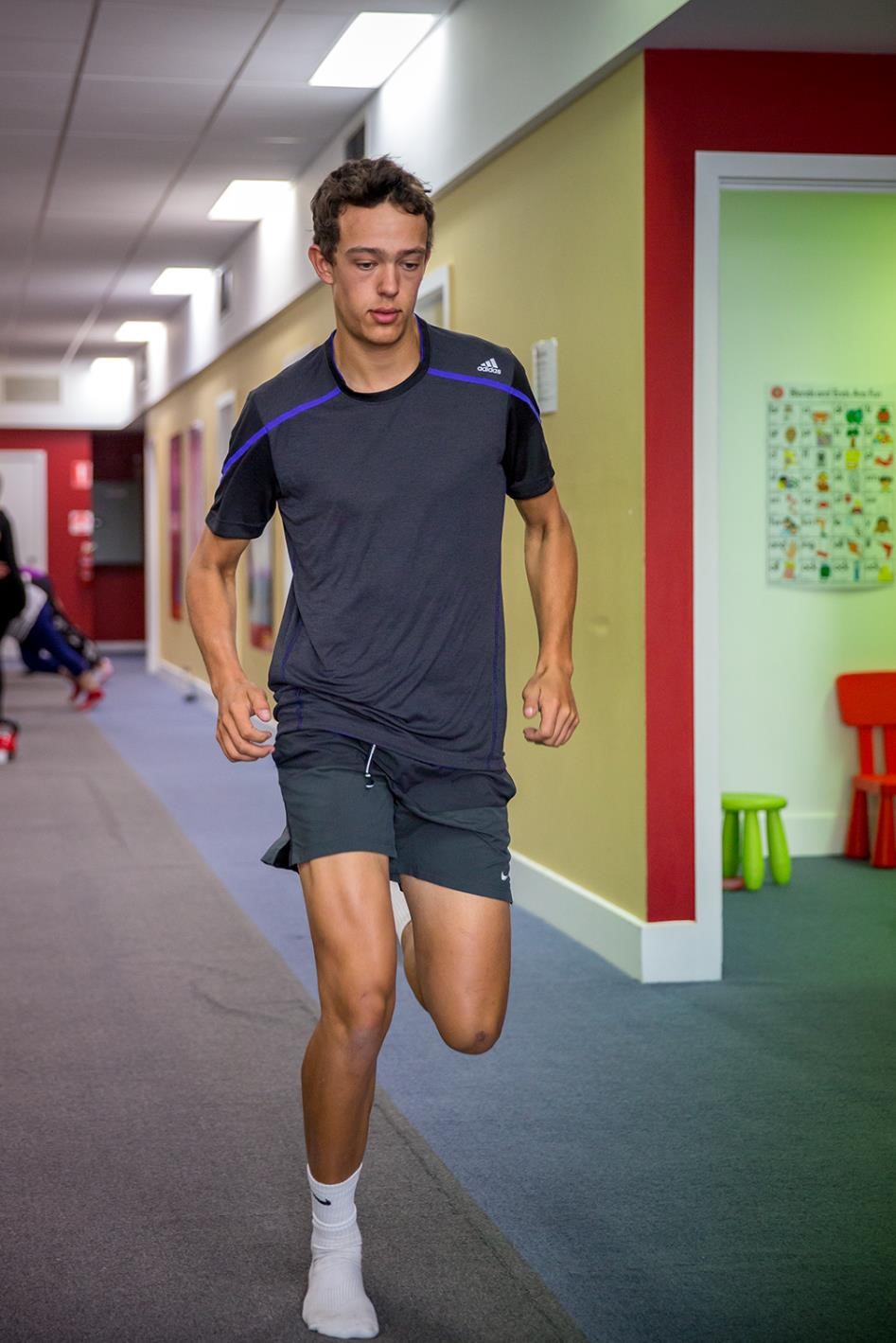Osgood Schlatter’s - Fact Sheet
What is a Knee Osgood Schlatter’s ?
Osgood Schlatter’s is a condition that causes knee pain in active adolescents, normally between the ages 11-18. This condition usually coincides with growth spurts. It is an irritation of the growth plate at the tibial tuberosity (top of the shin), and often there is a noticeable painful lump just below the knee.
What causes Osgood Schlatter’s?
It is caused by a traction (pulling) stress put on the tibial tuberosity at the attachment of the patella tendon. Basically, what occurs during growth spurts is that the bones grow too quickly for the tendons, leading to that pulling force on the relatively immature bony attachment, causing irritation and inflammation. This can also lead to excess bone growth on the tibial tuberosity and can result in a visible lump, which can be very painful when hit. There is a significantly higher chance of developing Osgood Schlatter’s in kids that play a sport involving running, jumping and kicking, as these place a much greater strain on the patella tendon.
.

Signs and symptoms Osgood Schlatter’s?
• Pain felt just below the knee, at the tibial tuberosity
• Pain worse after activity, but better with rest
• Pain aggravated by kneeling, direct pressure over the area, going up or down steps, running or jumping.

Treatment of knee Osgood Schlatter’s ?
Activity modification or Rest: Since Osgood Schlatter’s is directly related to activity levels, rest or activity modification is often the best solution. The pain will generally resolve over time as the tendons grow to match the bone’s growth, however this can take some time. If the pain is severe enough even with moderate exercise, full rest may be advised, as there is a risk in immature bones of stress fractures if you push through pain too much. Talk closely with your Physiotherapist or Exercise Physiologist to come up with a strategy to manage your exercise loads, so that your pain is manageable until it settles.
Ice, Compression, Elevation: Using ice immediately after activity may help reduce pain and inflammation. Using a compression bandage or tubigrip over the affected knee may also help. Elevating the leg after activity can also reduce inflammation after activity.
Tailored Clinical Exercise: This is important to maintain strength and function during periods of rest or activity modification. If you rest completely to reduce pain, then go straight back into full activity or competition, the risk or re-irritation or injury is quite high. Maintaining strength and mobility is key to preventing this.



